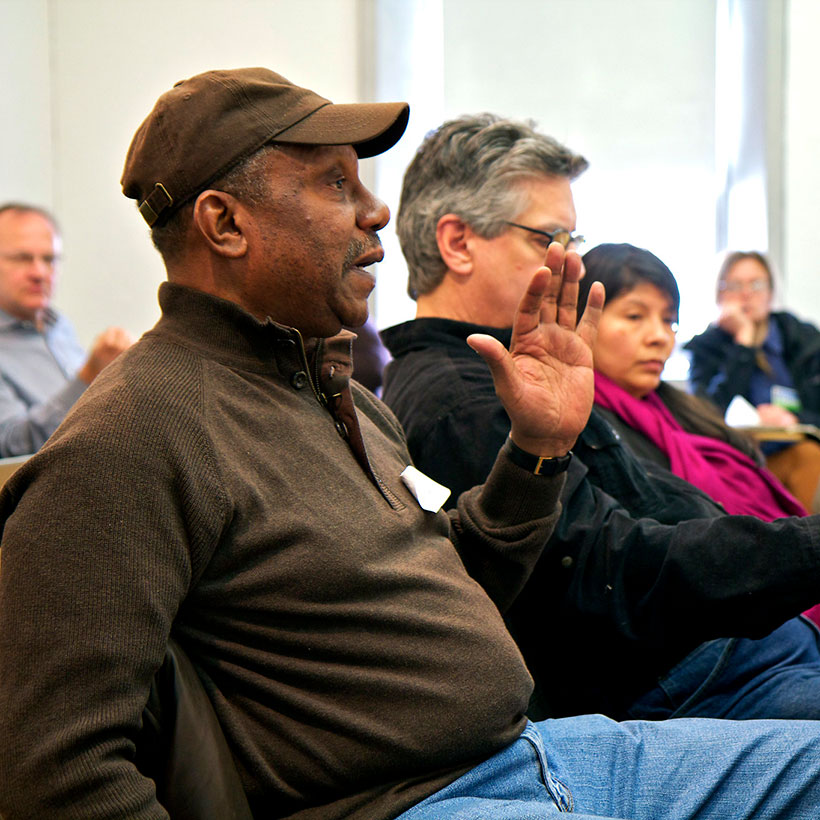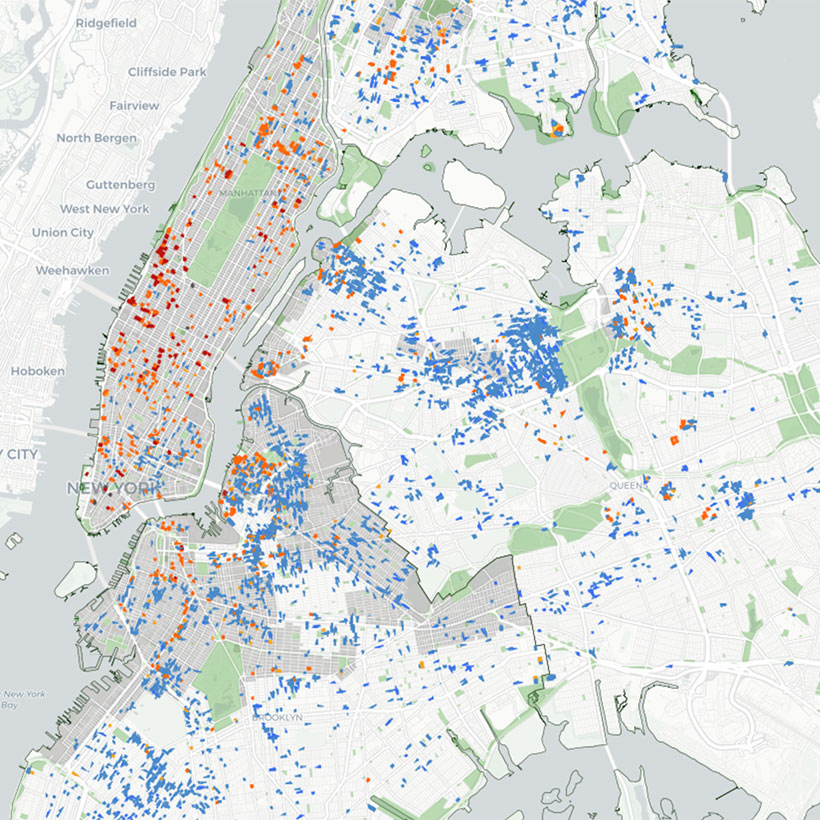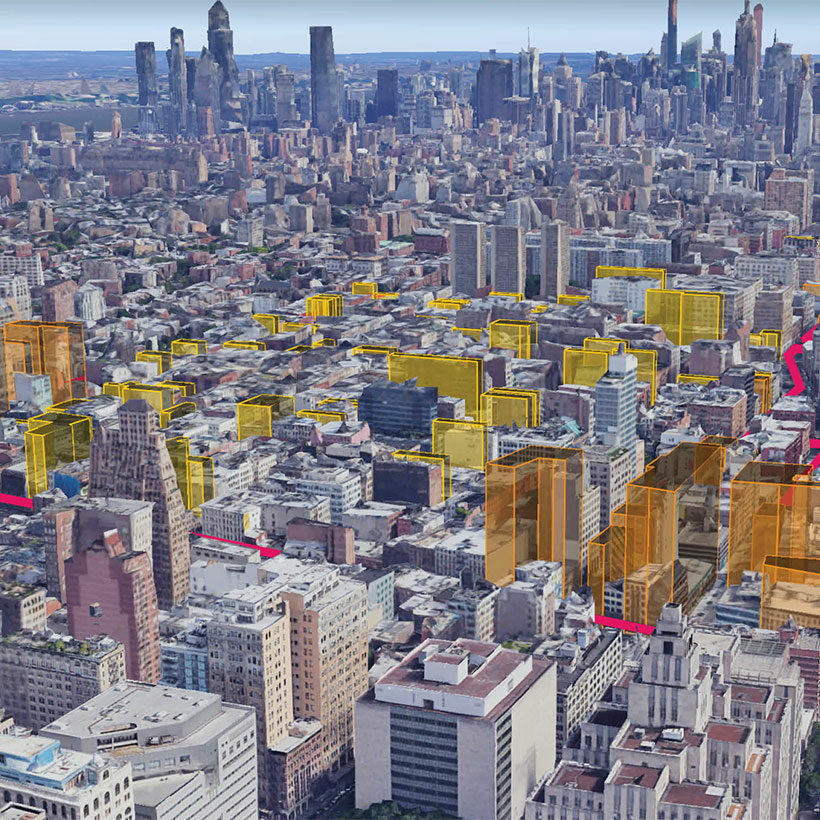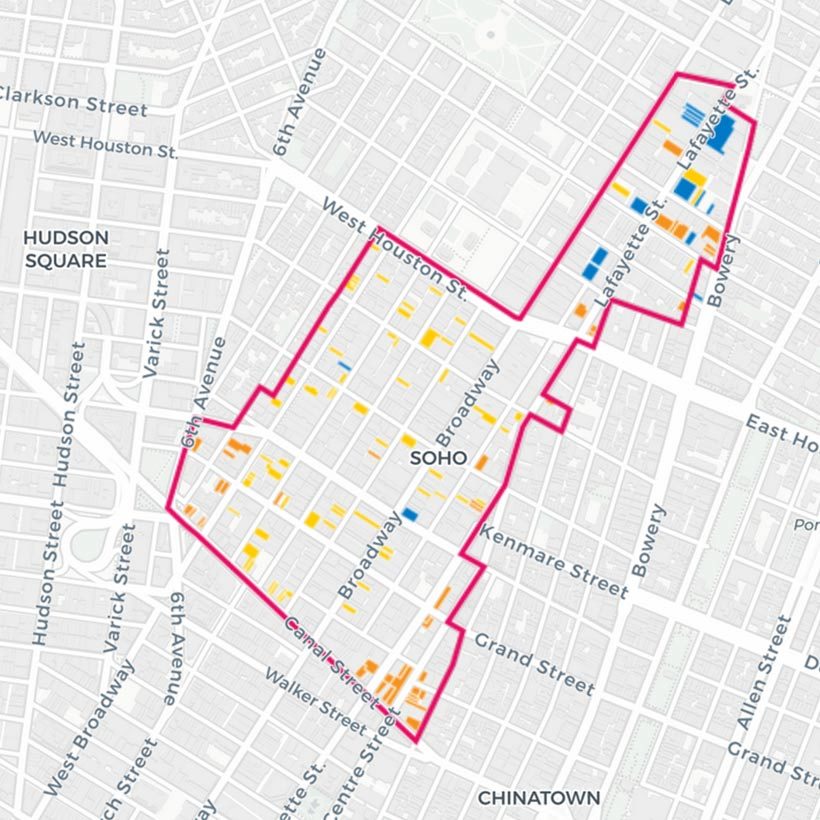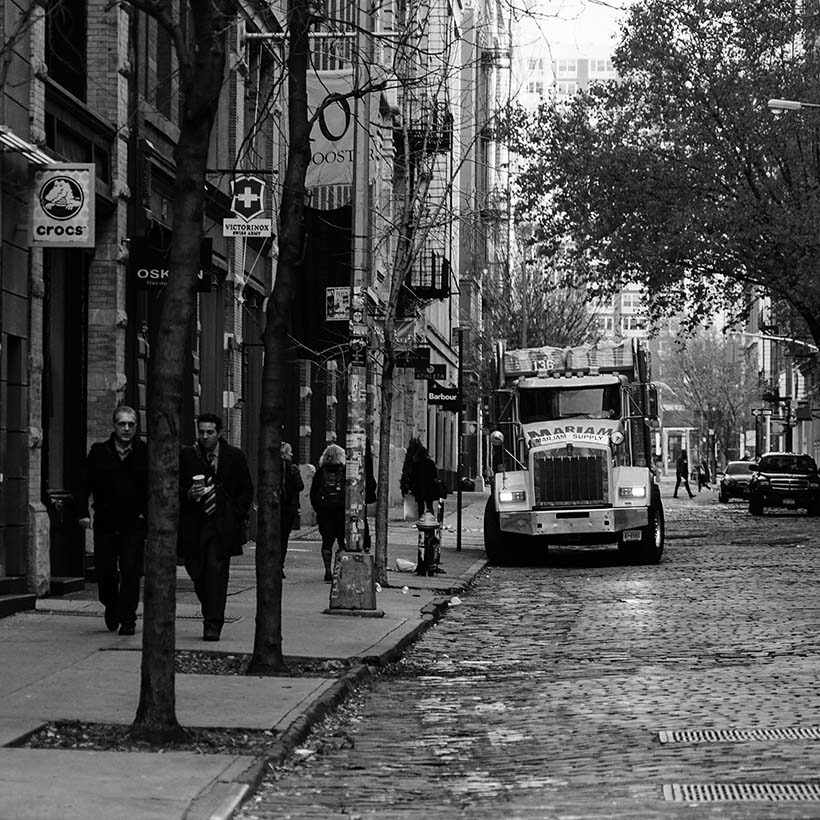SoHo/NoHo Rezoning Demonstrates Need for Additional Tools to Manage Neighborhood Change
Comments to City Planning Commission
Good afternoon Commissioners. My name is Spencer Williams, speaking for the Municipal Art Society of New York. Thank you for the opportunity to comment today.
The City’s SoHo-NoHo proposal comes on the heels of other neighborhood rezoning efforts, that have largely been concentrated in lower income communities of color. SoHo & NoHo, like all neighborhoods throughout the city, have a responsibility to help address New York City’s housing crisis and advance fair housing. The City’s Where We Live report highlights this area as a strategic opportunity to bring new housing choices to a wealthier, higher-opportunity neighborhood. The current proposal misses the opportunity to establish additional tools and tailor the zoning to effectively manage change and support existing residents and businesses—all while encouraging additional density and affordable housing.
Download Testimony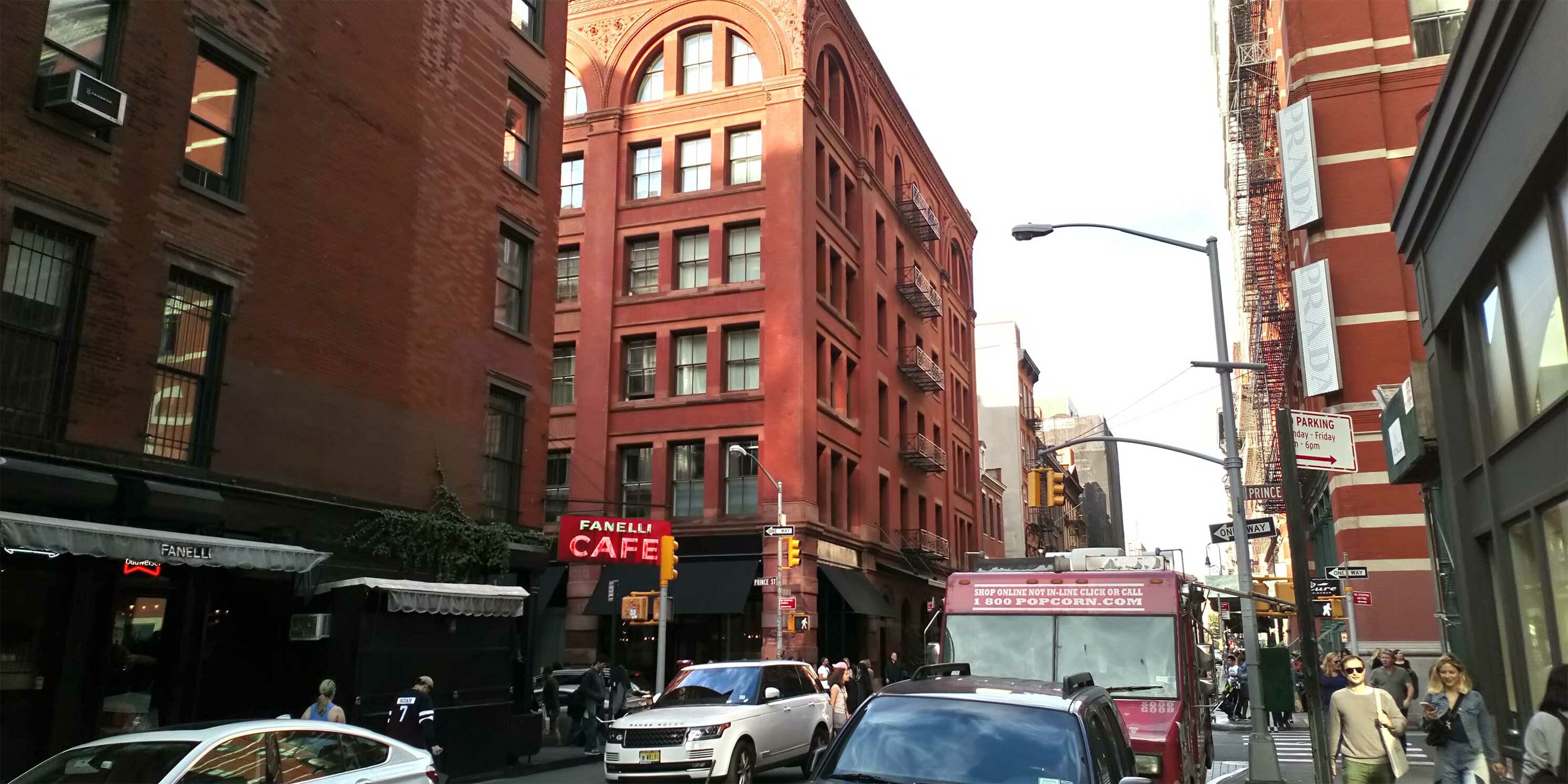
A successful housing plan should be measured by how well it increases net affordability and housing choice—not just increasing unit production, to ensure that the area is livable for people of all incomes with equitable access to stores, transit, and schools. MIH alone is a blunt zoning tool that lacks sufficient nuance to effectively address the socioeconomic complexities of SoHo-NoHo. While the requirement of new affordable units triggered by MIH is an important tool, more is needed.
Affordable housing production and historic preservation protections can coexist and be mutually beneficial. Ultimately, historic districts help manage change, not prevent it. A more contextual neighborhood planning approach could be achieved by scaling back the proposed zoning across the entirety of the project area, particularly the commercial uses. To successfully infuse economic and racial diversity, the City must prioritize other strategies to increase affordable housing production, including site acquisition and new unit production through partnerships. The City must do more to facilitate deeper and broader affordability across income scales to maximize housing choice within the neighborhood.
Eighty percent of the rezoning area is within historic districts. Seventy-three historic architectural resources in the State/National Register-listed districts are expected to be demolished under the plan. We are not confident the DEIS has assessed the full extent of potential development and subsequent impacts. Non-Landmarked Districts should have greater guidance for shaping new development and relating to historic resources like the Bowery Historic District, the Samuel Tredwell Skidmore House and the Old Merchant’s House. The City should collaborate work with LPC, SHPO, and other key stakeholders to identify the priority resources and develop tools, protections, and design guidelines that can more fully mitigate areas of interest that fall outside of protection under the Local Landmarks Law.
I thank the members of the City Planning Commission for your thoughtful review of this proposal and encourage you to take a wider view beyond zoning to adequately increase housing choice, expand access to opportunity, respect the areas historic resources, and make the neighborhood more livable for artists, residents, and small businesses.

